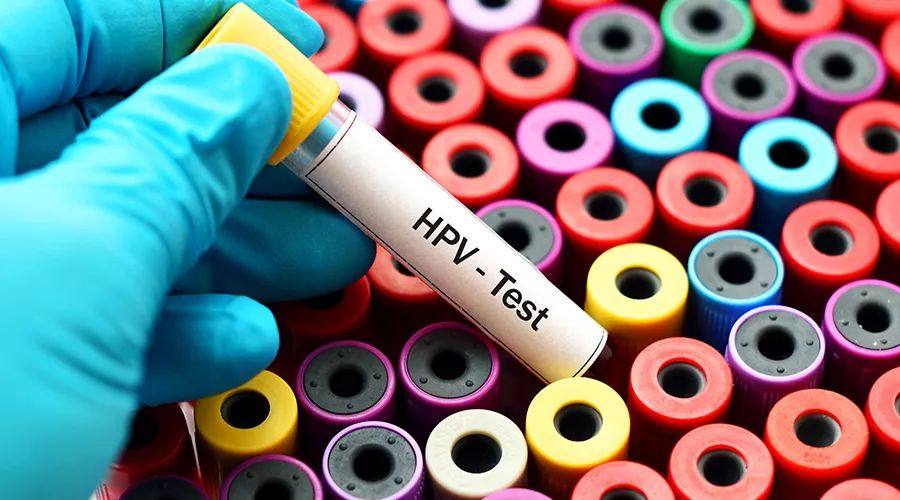I have been a male obstetrician and gynecologist for 15 years.
In the past 15 years, the contrast between gender and occupation has often been used by friends. Most of the female friends keep in touch, with an obstetrician and gynecologist as a friend, regardless of his men and women. Male friends are often the envy that cannot be concealed, and then various conjectures, some of which really make people don’t want to take a reason.
In fact, in front of doctors, patients are just patients. I only care about how to cure patients. I also hope that everyone can eliminate the prejudice against male doctors in obstetrics and gynecology.
Today, we talk about the concern of many female friends: HPV.
Clinically, high-risk HPV positive patients are often encountered. They are very anxious and even propose to have their uterus removed so that they do not have to worry about cervical cancer.
At first glance, it seems quite reasonable. In order to prevent cancer, everyone has done enough.
Persistent infection of high-risk HPV is the culprit of cervical cancer.
This is already a consensus, but the patients will be afraid: when the cancer is recovered, cut it first, and don’t have any more children anyway.
However, we need to know that the human body has a very strong immunity, and the vast majority of high-risk HPV infections can be eliminated in about a year.
The remaining small part turns into persistent infection, but not all turn into cancer. Most of them are peaceful. Only a small part will eventually turn into cancer or precancerous lesions. Simply put, high-risk HPV is positive, TCT examination is normal, and most of them are fine. Even if they turn into cancer, it will be a long time later.
Cut the uterus, and vagina, vulva, anus. Genital tract mucosa skin may be infected with HPV, even if the uterus is removed, cervical cancer is not, but there are vagina, vulva, anus, endless also. Can’t hollow the body.
To make an inappropriate analogy: in order to prevent heart disease, will you have your heart removed? Therefore, there is no need to remove organs in order to prevent diseases that do not occur.

Regular cervical cancer screening can detect lesions in time.
It is suggested that female friends aged 25-29 should have cervical cytological screening (TCT) every 3 years. Women aged 30-64 should have cytological screening (TCT) every 3 years or HPV + TCT every 5 years.
The above are the screening suggestions given in < Guidelines for Comprehensive Prevention and Control of Cervical Cancer > >, which still has a certain missed diagnosis rate clinically. If I am still not at ease, I suggest that separate screening should be conducted once a year and joint screening should be conducted once every 1 ~ 2 years.
HPV has no specific drug and mainly depends on its own immunity.
So don’t think about using what drugs to kill HPV, all kinds of health care products are basically unreliable. The most reliable is their own immunity! To improve immunity, one must maintain good physical health:
- Eat a balanced diet and eat more vegetables and fruits. Maintain moderate exercise; Work and rest rules, don’t stay up late; Quit smoking and limit alcohol, etc.
In this way, infection can be well prevented and cancer can be prevented. A more reliable measure to prevent HPV infection is for all women of the right age to be vaccinated with HPV vaccine.
What circumstances do you need to have your uterus removed?
HPV infection causes cervical cancer only needs hysterectomy. If there are young women with fertility requirements, early cervical cancer meets certain conditions, and only cervical conization or surgery that preserves fertility function can be performed for regular review.
If it is cervical precancerous lesion, such as intraepithelial neoplasia (CIN grade 2-3) or high-grade squamous intraepithelial lesion (HSIL), adenocarcinoma in situ, etc., most of them can only be performed cervical conization, the incision edge is not involved with lesions, and the uterus can be preserved.
However, postmenopausal cervical atrophy cannot be conization. It is recommended to directly remove the uterus. Even if conization is possible, we recommend hysterectomy. Because of postmenopausal estrogen deficiency, the cervical epithelial transitional zone with high incidence of cervical cancer will contract into the cervical canal, which is easy to have hidden lesions that cannot be found. Many of my patients have HSIL conization, but the pathology of total hysterectomy indicates canceration.
Even after the uterus is removed, there are risks.
For women with menstruation, after hysterectomy, the ovaries will decline about 2 years in advance, affecting the endocrine function of women. Therefore, unless we have to, we generally will not do hysterectomy for young women. After hysterectomy, pelvic organs are incomplete, and there is a slight risk of pelvic floor organ prolapse, urinary incontinence and other issues.
In a word, obstetricians and gynecologists will not cut your uterus because HPV is positive.
